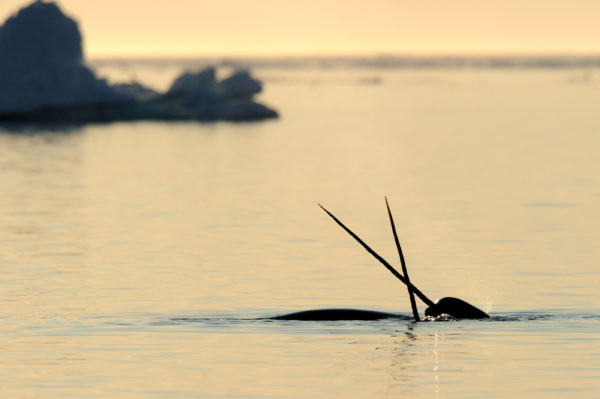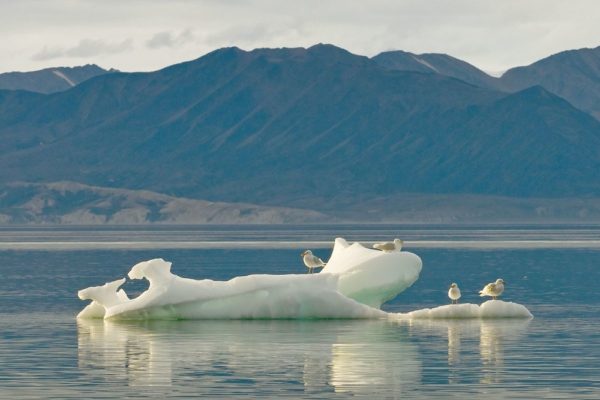Wildlife milestone achieved after 30-year effort
It’s a place of indescribable natural beauty. It’s the Arctic home of three-quarters of the planet’s narwhal and a place where millions of seabirds arrive in summer to raise their young. It is part of the Last Ice Area, the one Arctic region expected to retain its summer sea ice until 2050.
And it’s finally protected.
I was lucky enough to visit Pond Inlet, Nunavut on Lancaster Sound when the new boundary for Tallurutiup Imanga, the future National Marine Conservation Area (NMCA) was announced. It’s an extraordinarily beautiful place, one of the richest and most biodiverse marine areas in the Arctic; full of seals, sea birds, walrus, beluga and bowhead whales.
I was proud to represent WWF-Canada in the area we have been working for since the 1980s, when we joined local communities in their fight to safeguard the wildlife of this region against the threat of offshore oil and gas development.
In early 2016, WWF-Canada launched a lawsuit contesting the validity of 30 Shell exploration permits in the area. At the same time, the energy company was considering voluntarily relinquishing them. This culminated in a joint announcement in June of 2016 in which the permits were returned to the government, paving the way to expand the proposed boundary of the NMCA to protect some of the most critical habitat of the region for wildlife.
A year later, on Aug. 14, 2017, the federal government announced that the final Tallurutiup Imanga NMCA boundary would be even bigger, following the recommendation of the Qikiqtani Inuit Association, which represents the people of the area.
We’re delighted by this news: a larger area will better safeguard the integrity of the fragile Arctic ecosystem, protecting the home of Arctic animals and the people who depend on them.
In fact, the Tallurutiup Imanga NMCA will be by far the largest marine protected area in Canada: At 109,000 sq. km, it has tripled the percentage of Canadian ocean that’s protected, from 1.1 per cent to 3.4 per cent. And Tallurutiup Imanga is strongly protected. Under federal law, NMCAs provide protection from oil and gas exploitation, undersea mining, overfishing and ocean dumping.
The world has changed a great deal in 30 years since we started working toward what will now be called Tallurutiup Imanga. But the need to protect our oceans and the Arctic has only grown more urgent due to climate change — especially in the Arctic, where warming temperatures may open the area to more shipping and development. Protecting Tallurutiup Imanga is a major achievement that allows people to live in harmony with nature.



